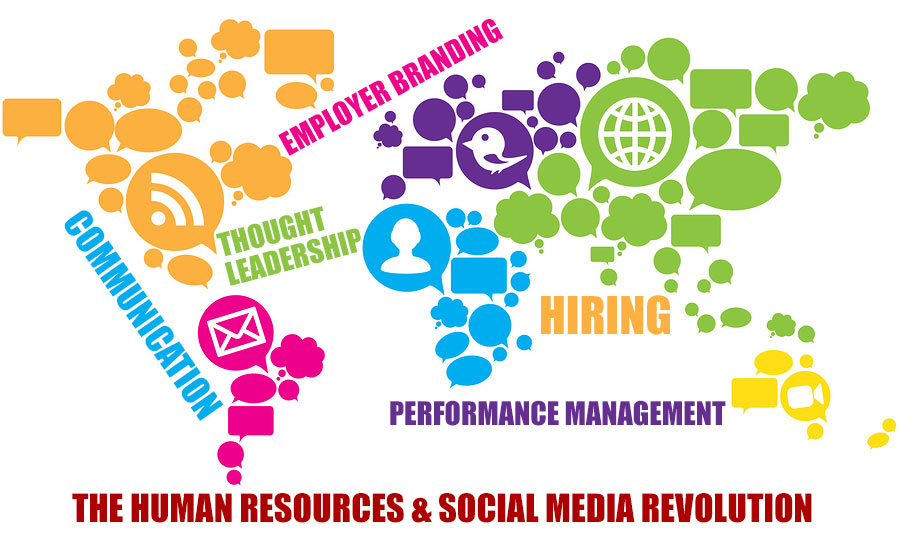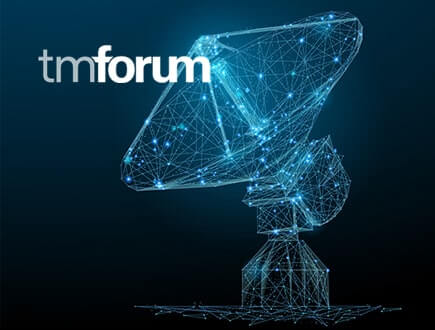Weaving both worlds together…
If you told us ten years ago of this term called Social Media, we would probably blink naively back at you. Little did we know that this was not just a jargon, but a very intriguing concept that left us in awe of what it did to our everyday lives – both professional & personal. Can you imagine living in the present times WITHOUT Social Media? No networking, no connections? Honestly, we would never be able to fathom what living in today’s world without Social Media would do to us. Nonetheless, since we ARE living in the times of Social Media, let’s fast forward to today – Social Media isn’t just a term anymore; it is practically a virtual (paradox huh?) community where the interaction and networking crosses global boundaries and time zones in order to pursue mutual goals and interests that would help connect businesses and personal relationships in a jiffy.

Back in the day when Mr. Postman was considered as the bridge between the sender and receiver of messages, today in the modern world of communication, we find no trace of him. Why? Because, communication has had a drastic sea change since we last needed his services in our lives. We, by far do not belittle the services of the Mr. Postman, but, take a look for yourselves what social mediums like Facebook, Twitter, Instagram, Google+, LinkedIn, Viber, Skype, Tumblr, MySpace, Flickr, Whatsapp (phew!) have done. They have thrusted upon us the ability and liberty to connect directly with individual contacts, businesses, peers from different geographical locations, so much so, that we’ve conveniently and quietly ushered Mr. Postman out of the 21st century global communication. We live in the ‘Fast and Furious’ world – right from the internet speed to fast food joints, that if it costs us time and delay, we term it slow, sluggish and laid-back. With the emergence and dominance of Social Media today, it has indeed heralded a new cultural shift in modern day communication. Welcome, Social Media!
Now from a business point of view, a workplace connected by Social Media creates an environment where employees connect and collaborate virtually. From a statistical point of view, almost one out of every nine people in the world use Facebook and it is interesting to note that over 2.5 million organizations have a Facebook presence in addition to their corporate websites. (THBS has it’s own too - check it out: https://www.facebook.com/TorryHarrisBusinessSolutions)
Commenting on the role of Social Media in an interview to the Harvard Business Review, Howard Schlutz (CEO – Starbucks) mentioned –“….Whether you are creating a brand, building one, or running a big one, you’d better understand Social Media, because there is a seismic shift in how people are gaining access to information and, as a result, how they are behaving.”
Let’s narrow it down to how it affects today’s Human Resource practices. Human Resources worldwide have been virtually transformed by Social Media and it has proven itself to be a fast and cost-effective way to get messages across. Let’s see for ourselves how the HR functions most suit Social Media. There are 4 generic areas in HR where Social Media are effective – Hiring, Communication, Internal Branding and Performance Management.
Hiring
Almost all companies today use Social Media to hire the right talent. Platforms such as LinkedIn, Facebook, Glassdoor are top social medium job forums that come to mind when we think of using Social Media to attract candidate responses to fill a position in the organization.
“Social Media has helped us increase our reach. Today, candidates do not have to fill-up long winded forms on job portals. They have to merely follow or like and the requirements come to them. This is a significant shift in the way sourcing takes place.” - Vijay Sivaram, Head – ITES – Ikya Global.
Clearly, Hiring hasn’t been the same since Social Media took it upon itself to highlight job opportunities and companies that seek to attract and hire potential candidates.
Communication
Organizations have expressed eagerness in using Social Media platforms actively to communicate or share new ideas, policies, conduct contests and opinion-poll as they have a greater reach beyond their close quarters. This gives employees in the organization the environment to voice out their opinions and suggestions on different issues and matters that concern them or their company. As a result of this, the soft spoken, introverted employee uses this platform to share his thoughts and forms opinions that otherwise would have never surfaced. Latest updates of changes and communication are announced on forums to make awareness to the general public, employees and those who ‘follow’ the organization.
Internal Branding
Internal Branding refers to showcasing capabilities of the organization, within the organization. Internal Branding involves facets such as: A. Employer Branding, where the organization is letting its employees know about its new advertising campaign, announce a new strategic initiative etc that would promote the organization and B. Thought Leadership, where the organization has specialized fields and whose expertise is sought and often rewarded. Often, the client experience of working with the organization is captured and published on Social Media forums with the intention of showcasing the expertise of the business. Organizations take pride in letting its employees know of its expertise and their specialized fields, thus building reputation and a name among its employees.
Performance Management
Social Media can be used as a perfect forum to showcase and congratulate different employee achievements, which in turn can create a positive environment. Managers can get a better understanding of team collaborations and what activities and teams are producing to achieve the best results. Social Media can therefore be used to manage performance and foster an environment of business growth. Every employee would like to get recognized for his feats and efforts put in for a project or to bag a new client, and there is nothing more rewarding than letting the entire organization know this via Social Media. They act as a huge morale booster for the recognized employee and also act as a stimulant for other employees to strive hard to get an organization-wide recognition for their efforts.
The crux of the matter is this – An organization that has a strong Social Media presence, has a bigger audience with a greater impact showcasing their grander efforts!
In conclusion, all of the above four areas in HR are a result of Social Media and its effects which make the role of HR more effective in the organizations of the globe today. The partnership of Social Media and HR have dawned on us a new beginning, one that cannot be ignored, one that cannot be silenced.
Torry Harris Business Solutions, a multinational provider of business, technology and consulting services, focusing on high-end, niche technical skills – aggressively makes use of Social Media to influence, communicate, manage and brand itself in the market today, among its competitors and organizations alike. Among its employees, it makes the workplace highly rewarding and communicative, thereby keeping the organization vibrant, well connected and well informed.
Remember Mr. Postman? Well, don’t write him off just yet, thanks to Social Media, he could well surprise you by “Adding” you on Facebook and “Recommending” you on LinkedIn, in the near future!
Social Media, Roger That! Let’s do this together!
About the Author
Kiran Jason Samuel - is a HR Professional at THBS. A voracious reader and an internet buff, he is an avid sports enthusiast & a music lover. Kiran relishes good food and takes his bike rides seriously!
Whitepaper



Analyst Speak

(THIS) has been cited among notable vendors by Forrester Research in its report ‘The API Management Software Landscape, Q1 2024’. The report recognizes Torry Harris as a provider offering API management solutions with a geographic focus in the EMEA & APAC regions.

Forrester observes that the initial rush to “lift and shift” to the cloud has now been replaced by a focus on modernization and digital transformation. Cloud migration is the first step in a long journey to take advantage of the latest cloud-native technologies and services.

Torry Harris is a 'Strong Performer' in The Q3 2022 Forrester Wave™ for API Management Solutions. This report shows how each provider measures up and helps technology architecture and delivery (TAD) professionals select the right one for their needs.
Past Webinars






